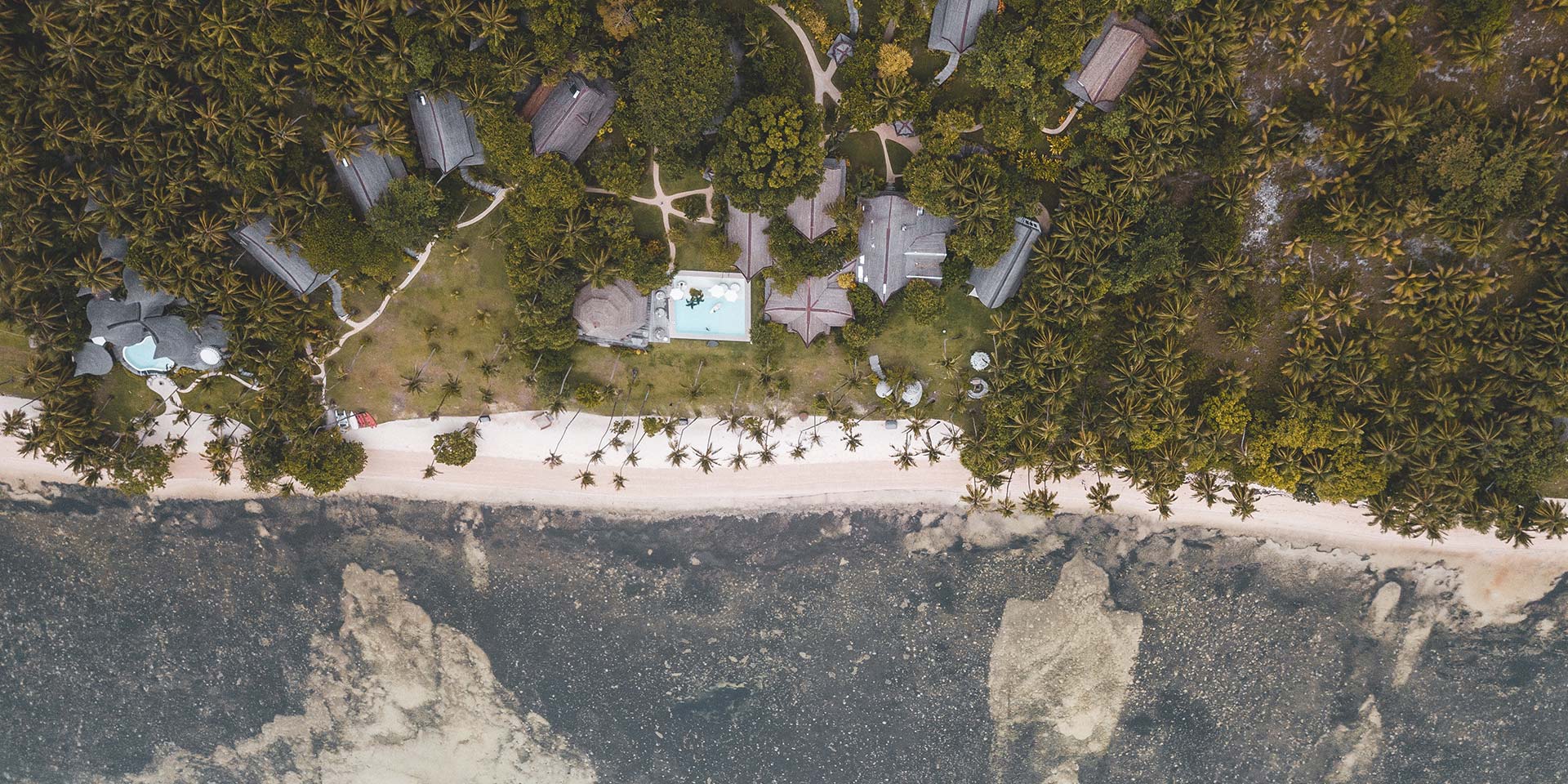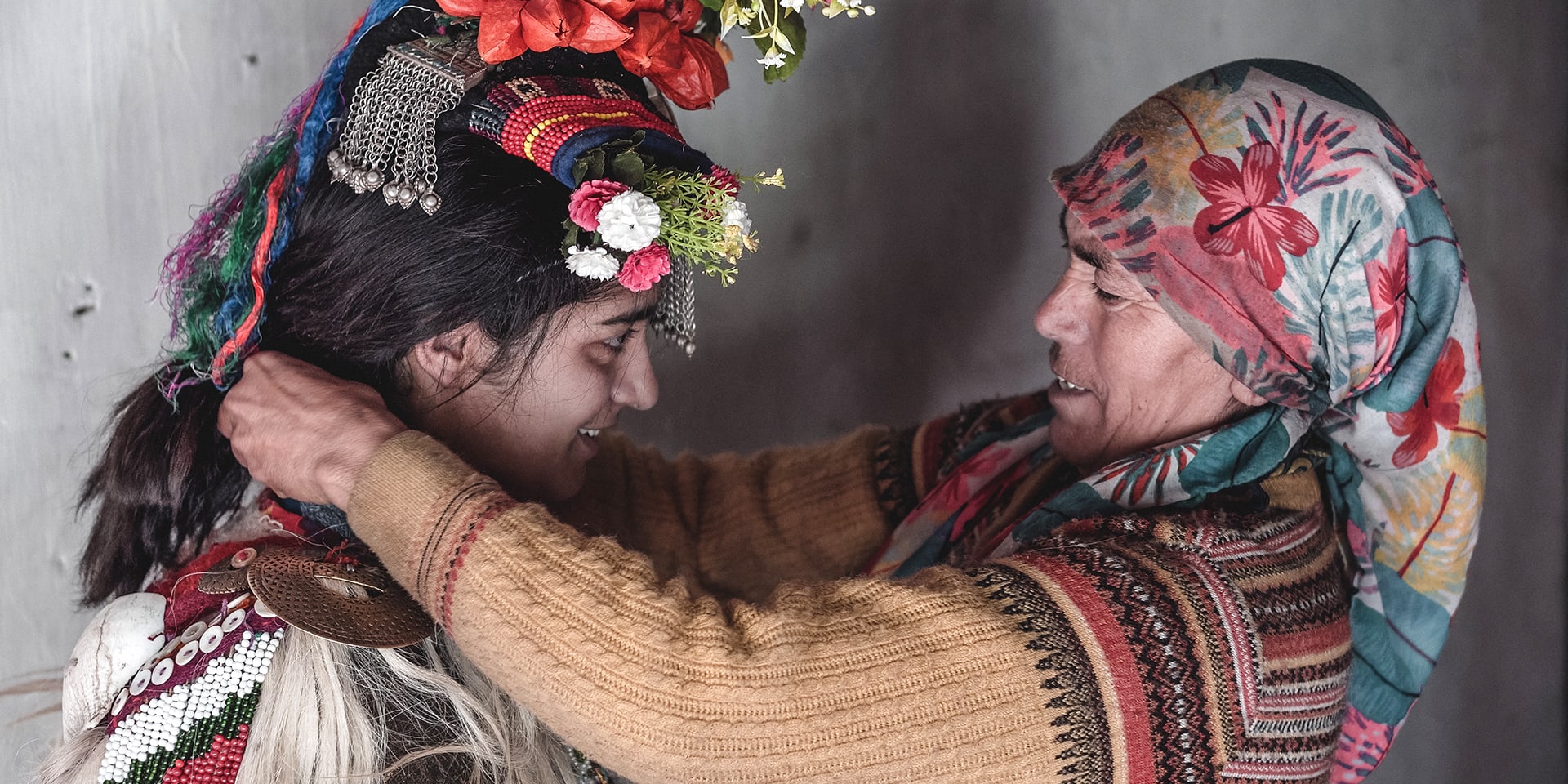
Like most visitors to Ladakh, I flew into Leh, quickly making my way to Nurla to acclimate to the headaches of high altitude. Travelers won’t find Nurla on many high-end travel websites, but I stayed there so that I would have enough time the next day to reach Dha to see one of the more fascinating tribal cultures in the Himalayas: the Brokpa Dards.
Following the Indus River, the Brokpa are found in what is known as the Aryan Valley, renowned for the people here who are, according to legend, the descendants of Alexander the Great’s armies. Legend has it that these are the remnants of Alexander’s lost army, who stayed behind in his conquest of the Indus River Valley. In truth, this Aryan distinction, dreamed up long ago due to the fair and rare appearances of the isolated peoples of the Brokpa, is not supported by genetic evidence.
Still, this isolated culture takes pride in their myths and in their uniqueness. Over the years travelers have been drawn to this unusual valley, providing fuel to their storied beginnings and even their own Aryan preferences.
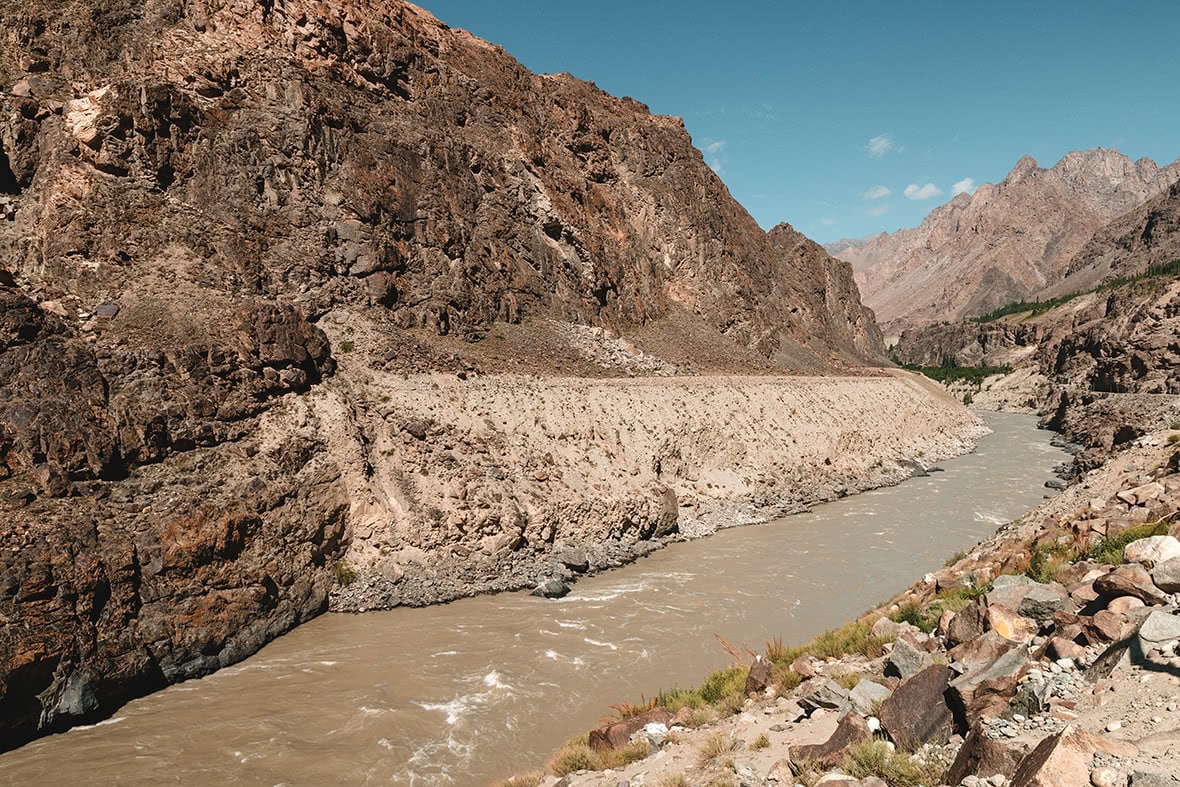
Though the origins of the Dards are up for debate, they take their purity seriously, preferring to marry within their groups, complete with claims of polygamy and polyandry. As to food restrictions, eggs are forbidden as is dairy, including milk and butter. For my purposes as a photographer, whence their lineage comes is immaterial to their fascinating dress, speech, and customs.
Like most drives in Ladakh, the journey to Dha — and for that matter the other towns of the Aryan Valley of Hanu, Garkon and Darchick — is stark and imposing. We followed the Indus River, a landmark that would be a feature throughout my journey. The roads hang high on dusty cliffs as 4x4s wend their way across these Himalaya highways.


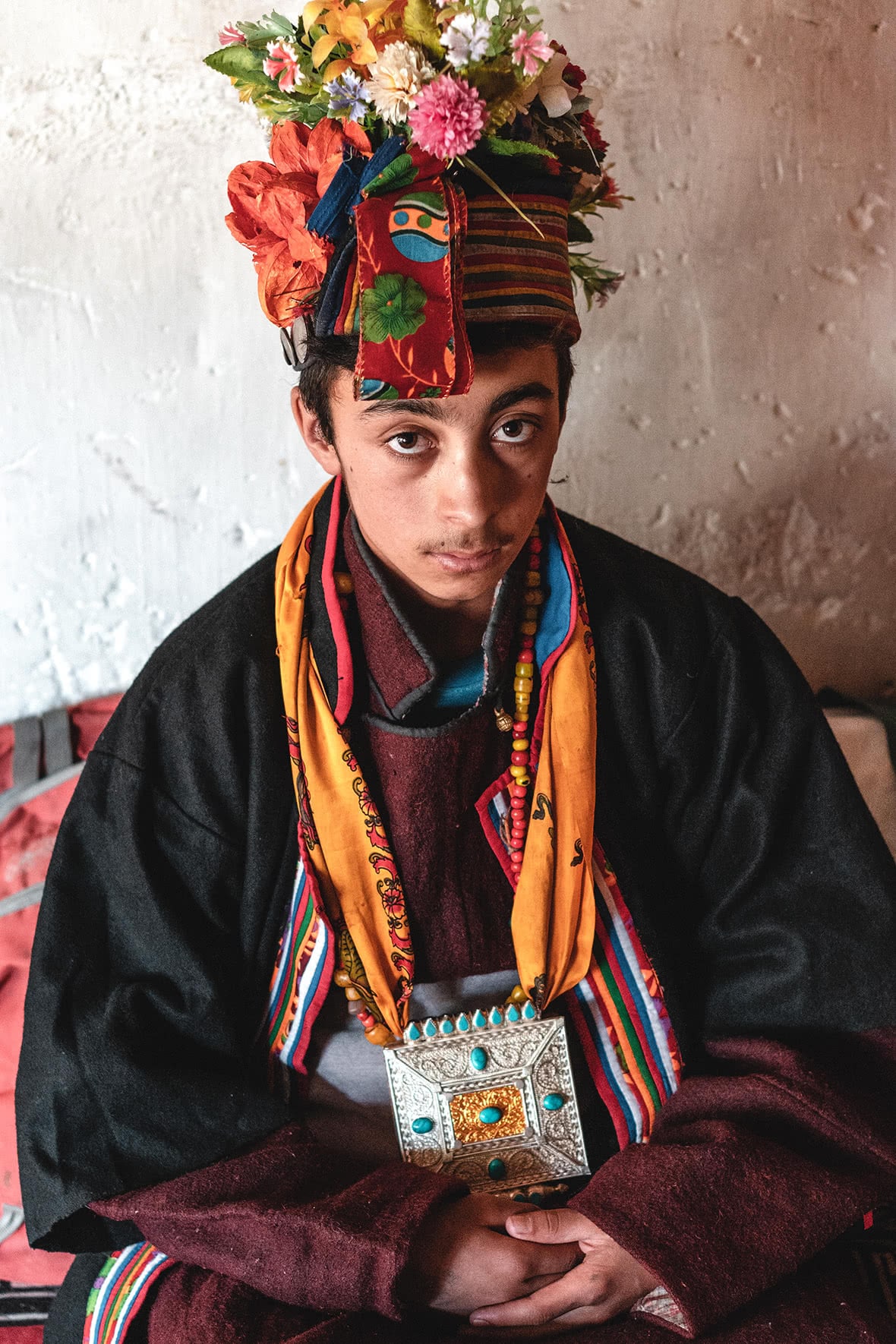
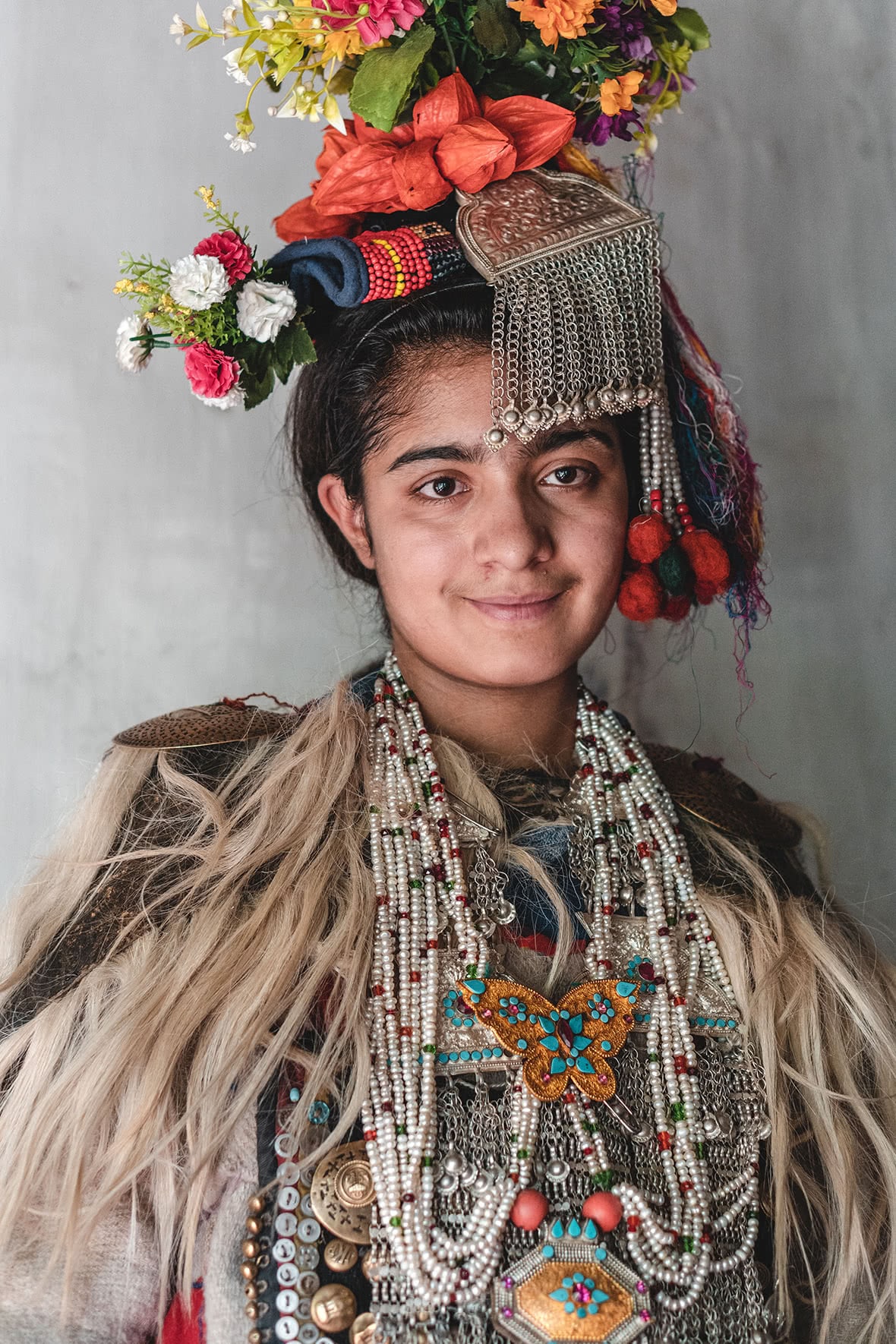
I walk into the valley of Dha to the farming and pastoral charm for which Ladakh is so well known — less the dry Himalayas than lush, bucolic green. The cash crop here is apricot, and they can be found in every corner and on the horizons. But this area is definitely different from other parts of Ladakh, if not in the landscape then in the Brokpa Dards who are visibly different from the other peoples of Ladakh both in their fair skin and in their dress.
There are fewer than 2,000 Brokpa Dards in this small valley. The Brokpa whom I met were Buddhist, though further afield many Dards have long since converted to Islam. The roots of this culture go deep in the history of Baltistan; in fact, there are mentions of the Dards in the Mahabharata. The dwellings are mud and rock formations overlooking the river.
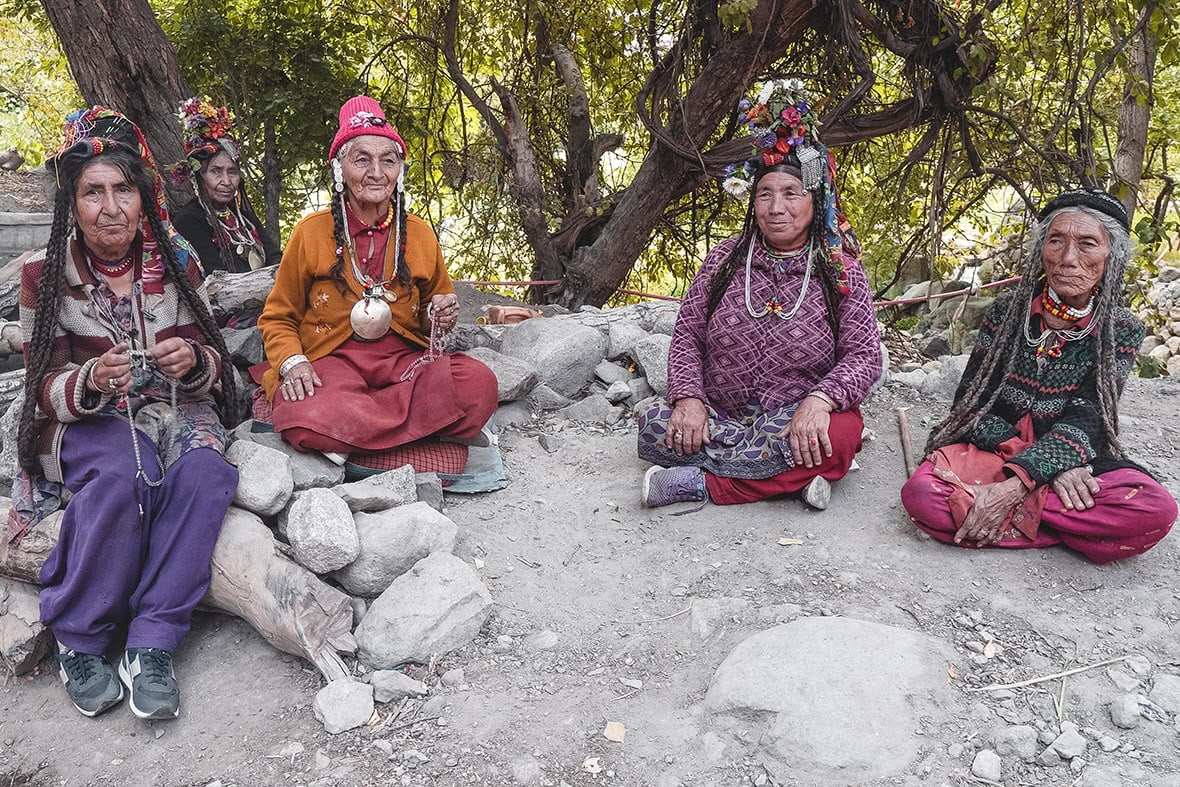
Meeting with the friendly woman who runs the museum in Ladakh — though “museum” is a bit of a stretch on the concept — she took me to her basement to view artifacts. She was pleased to dress in the traditional garb of the Dards, though shooting indoors proved difficult without electric lighting. Most striking to the traditional dress of the Dards are the hats worn by the women, sometimes referred to as sun bonnets, adorned in plaits and flowers.
Two children were also in traditional dress and allowed me to shoot them as they danced and laughed. It should be noted that shooting the Dards was relatively simple and easy compared to elsewhere in the region, such as Turtuk, where people were more standoffish. I was even able to give the camera to the children to see the world from their point of view.
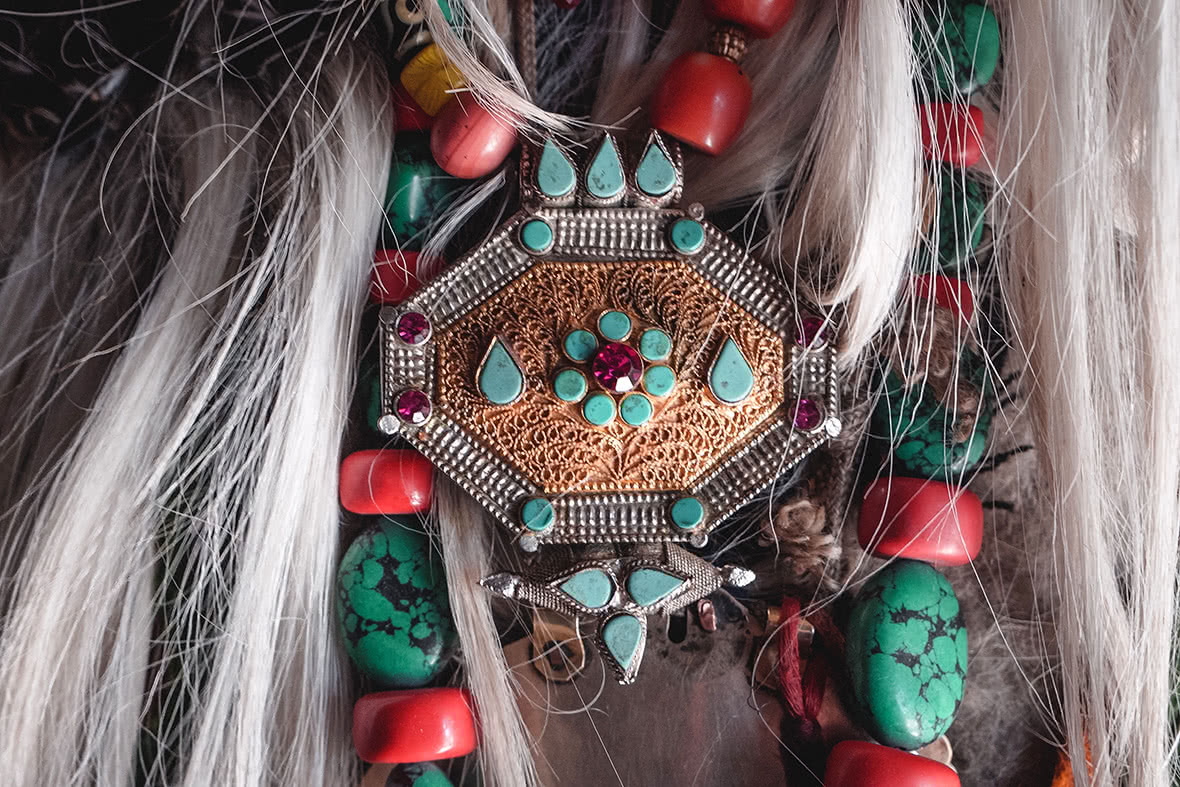
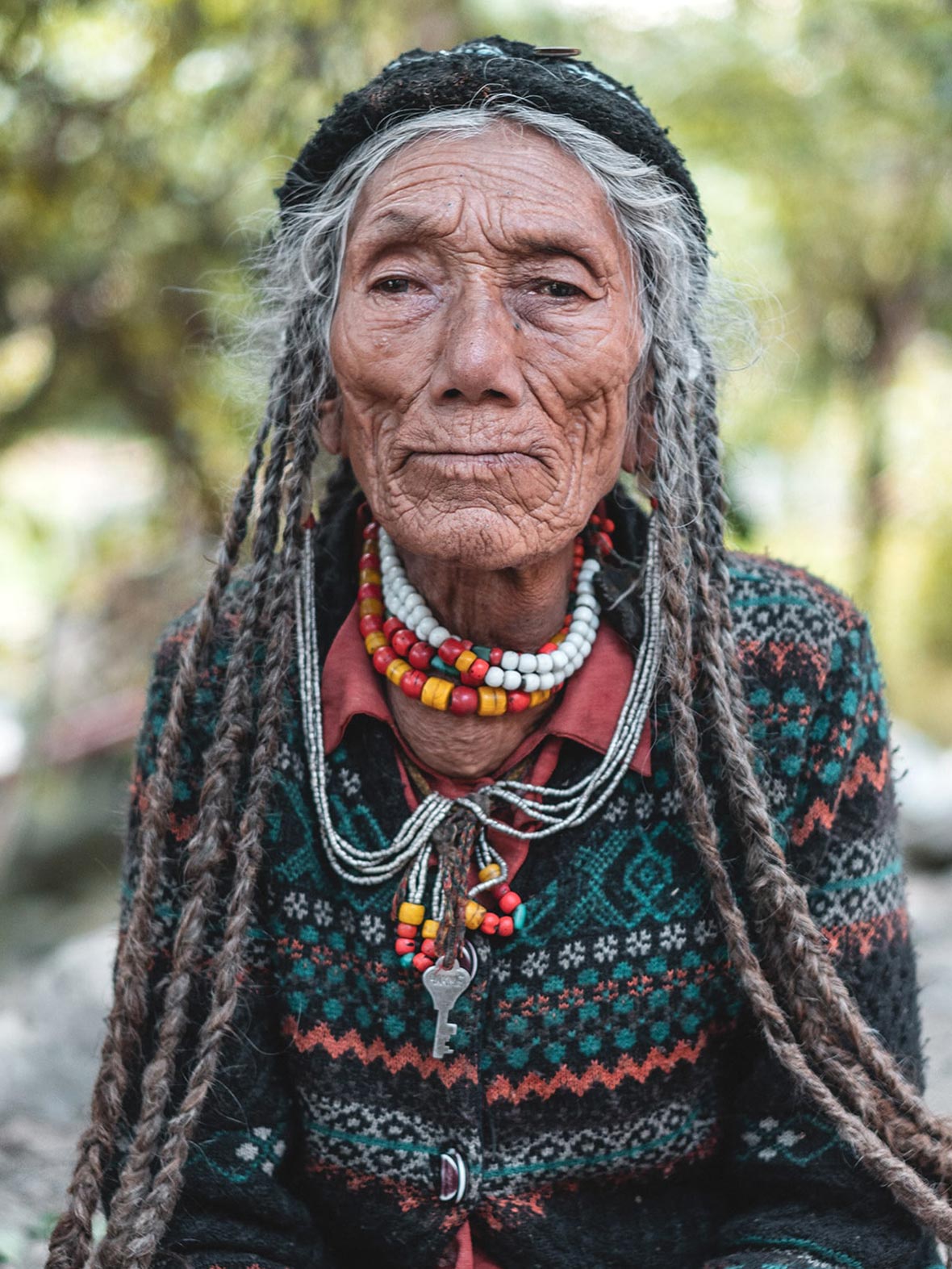
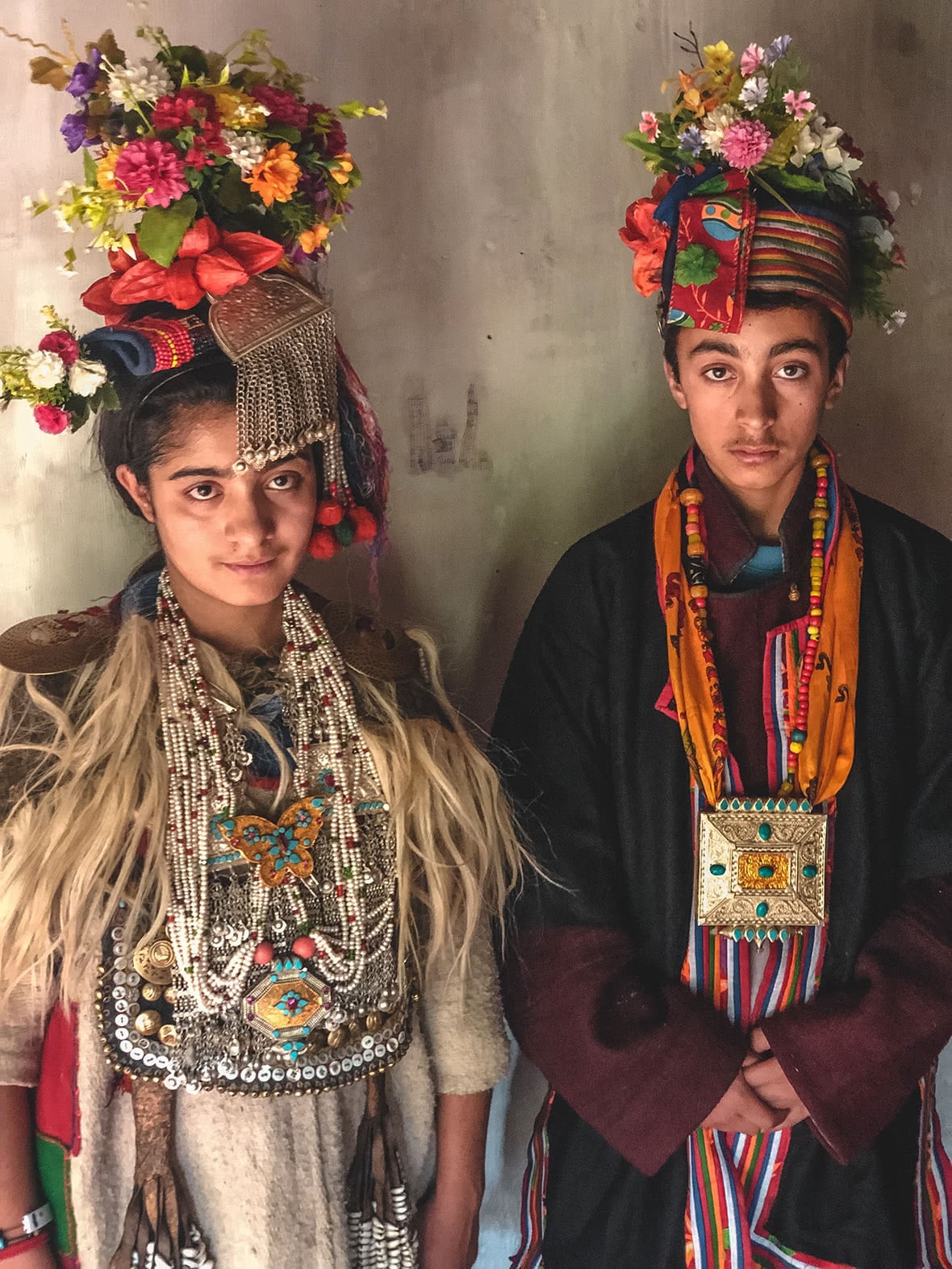
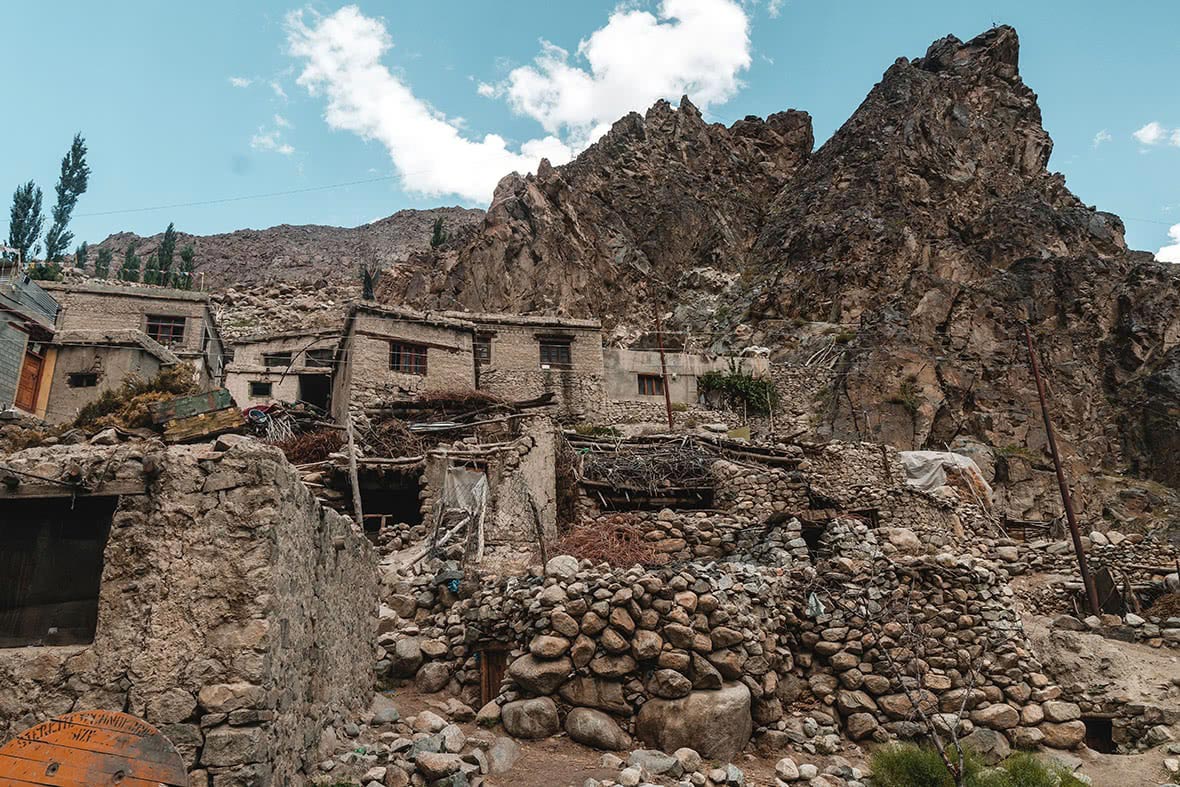
Taking a break to chat with a few ladies and then walking about the square, I photographed the house and scenery of this unique valley of peoples that have so captured the imaginations of travelers to Ladakh, a legendary region that — be they from Pakistan or Greece — tells the story of a people forgotten.
The theory that the people of the regions are lineage of the armies of Alexander of Macedonia comes from, among others, the traveler and cricketer Godfrey Vigne, who in his travels to Baltistan said, “It has been usually supposed that Ahmed Shah and the other potentates of these countries lay claim to a descent from Alexander the Great.” Then as now, travelers reach into Ladakh for a little bit of magic. It’s not hard to find.


